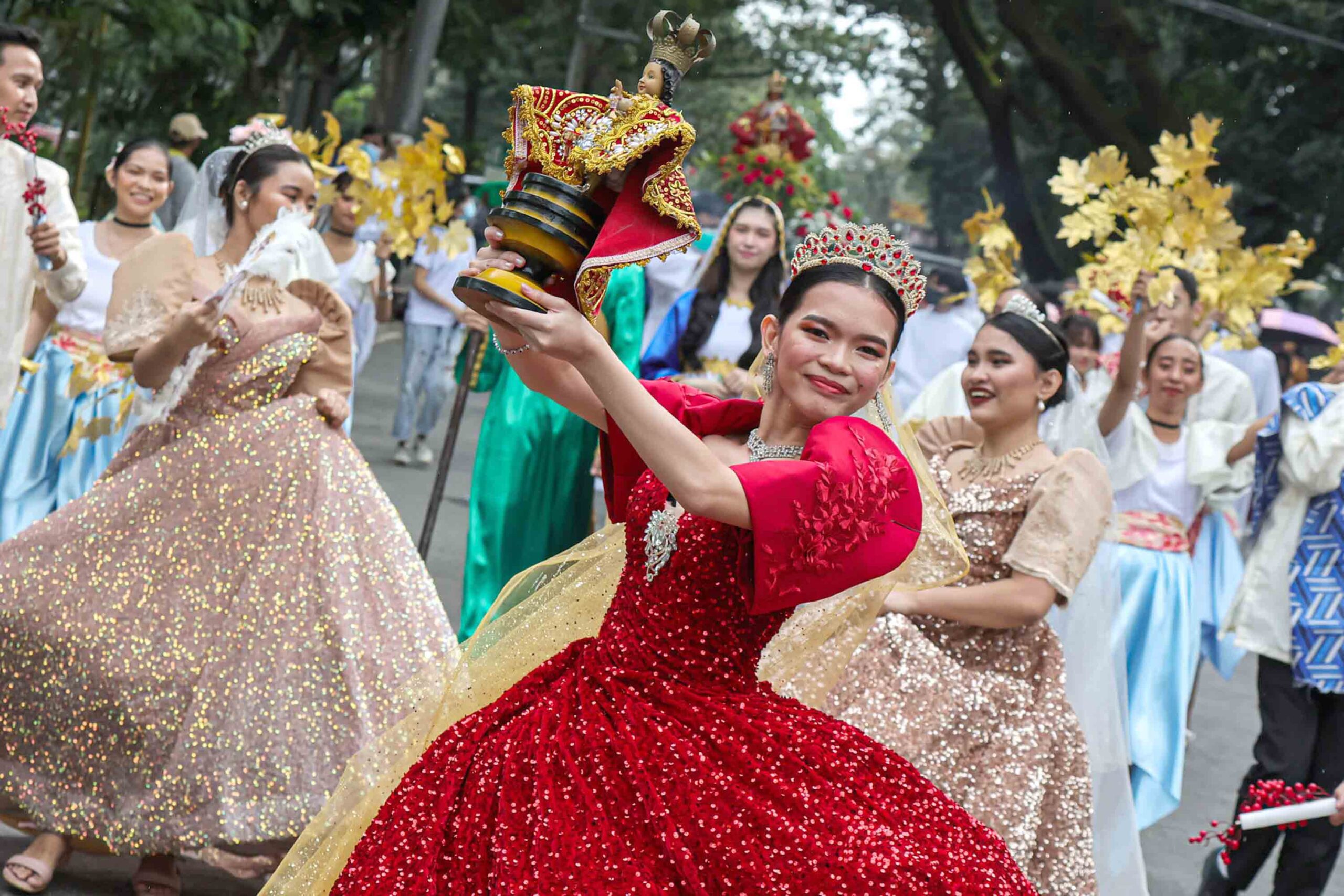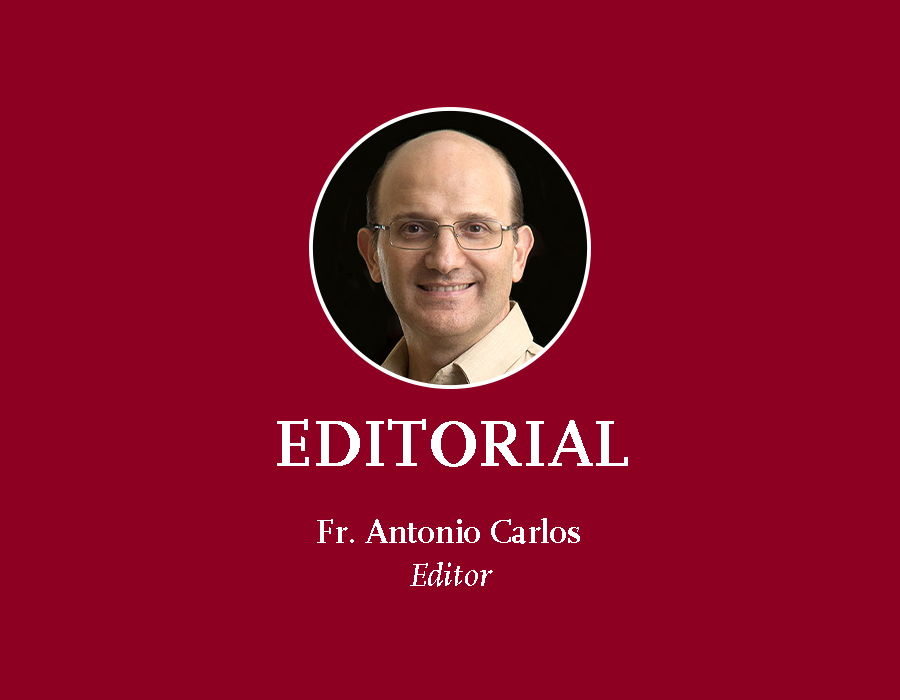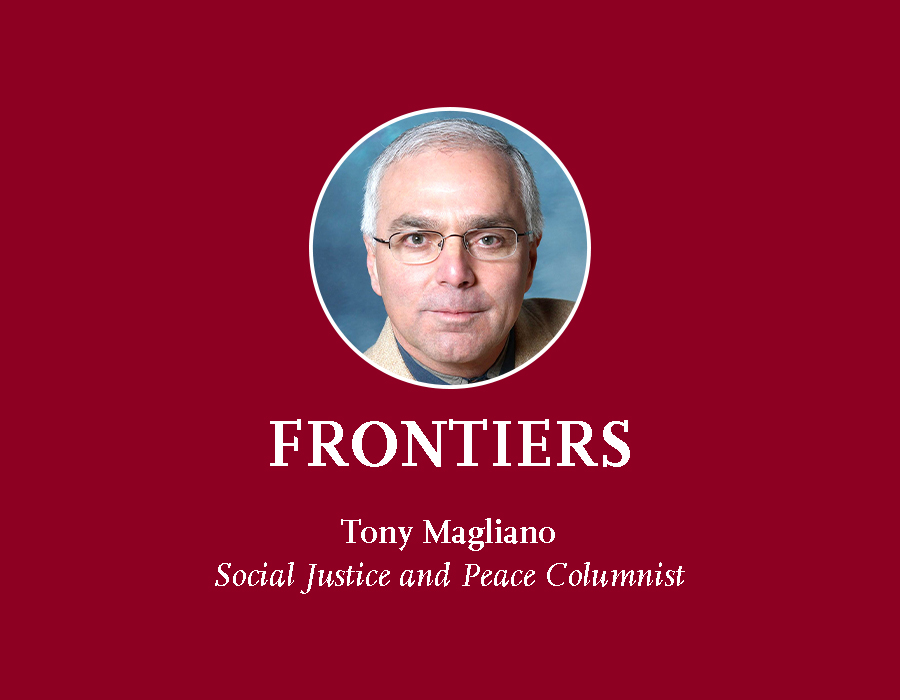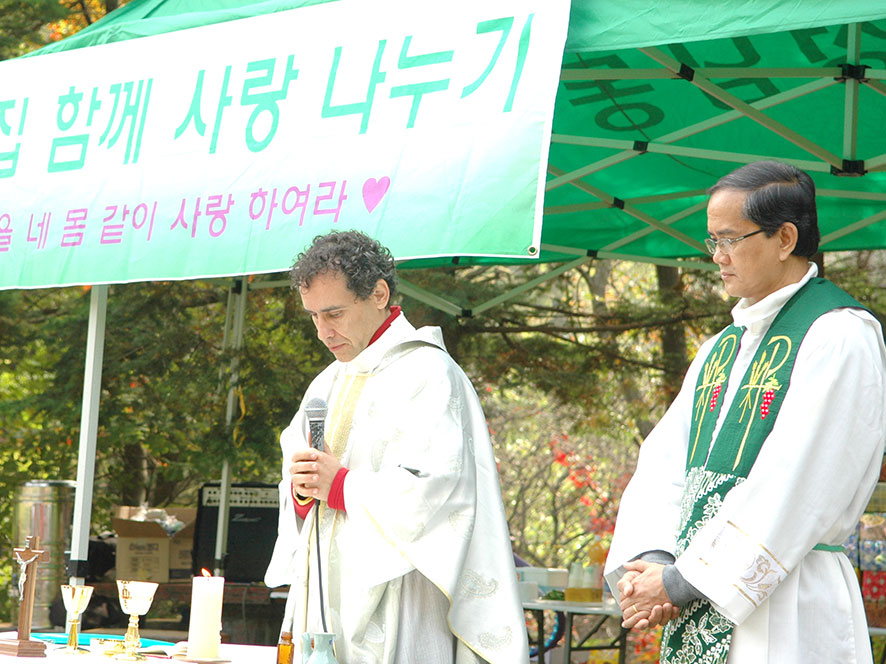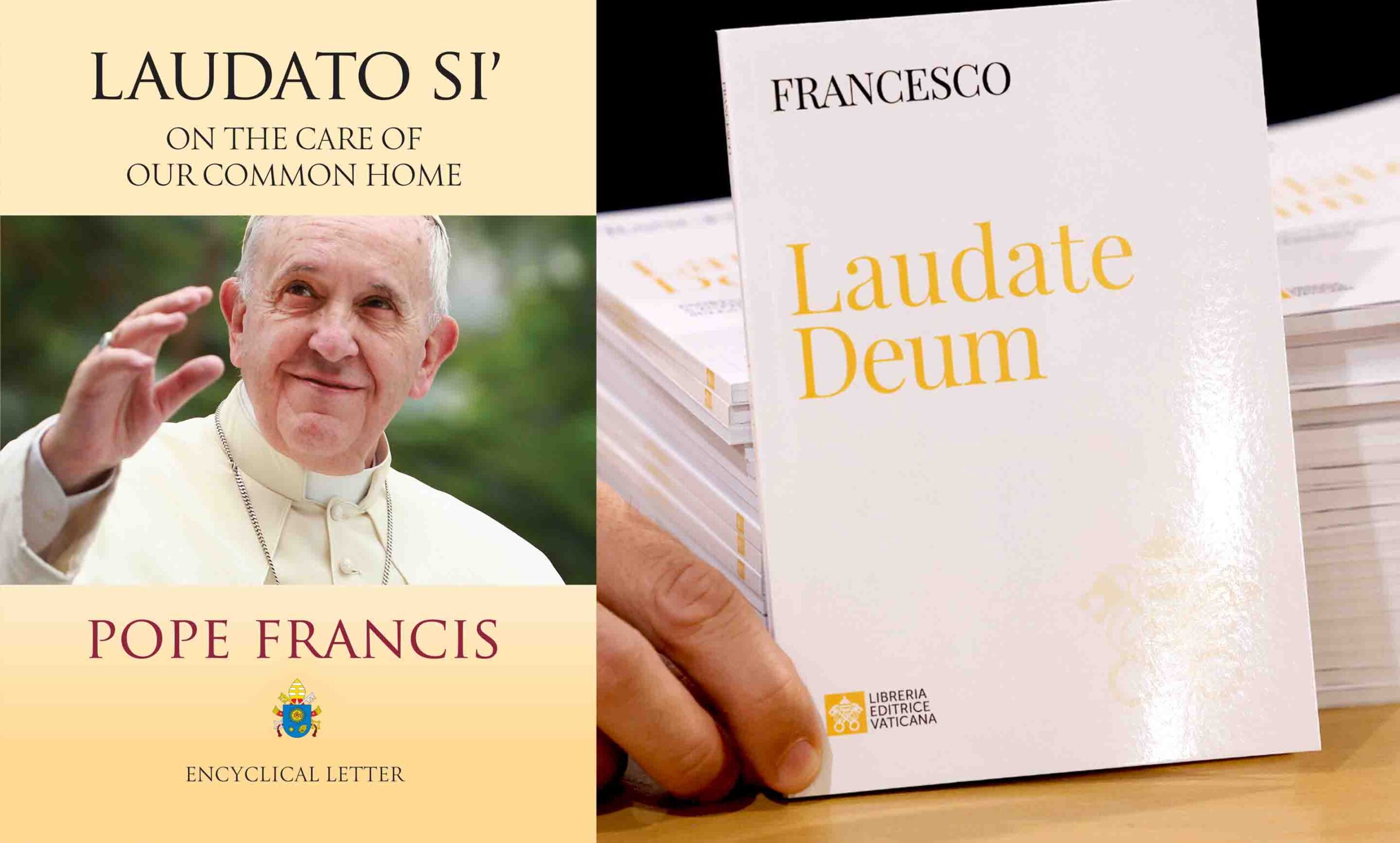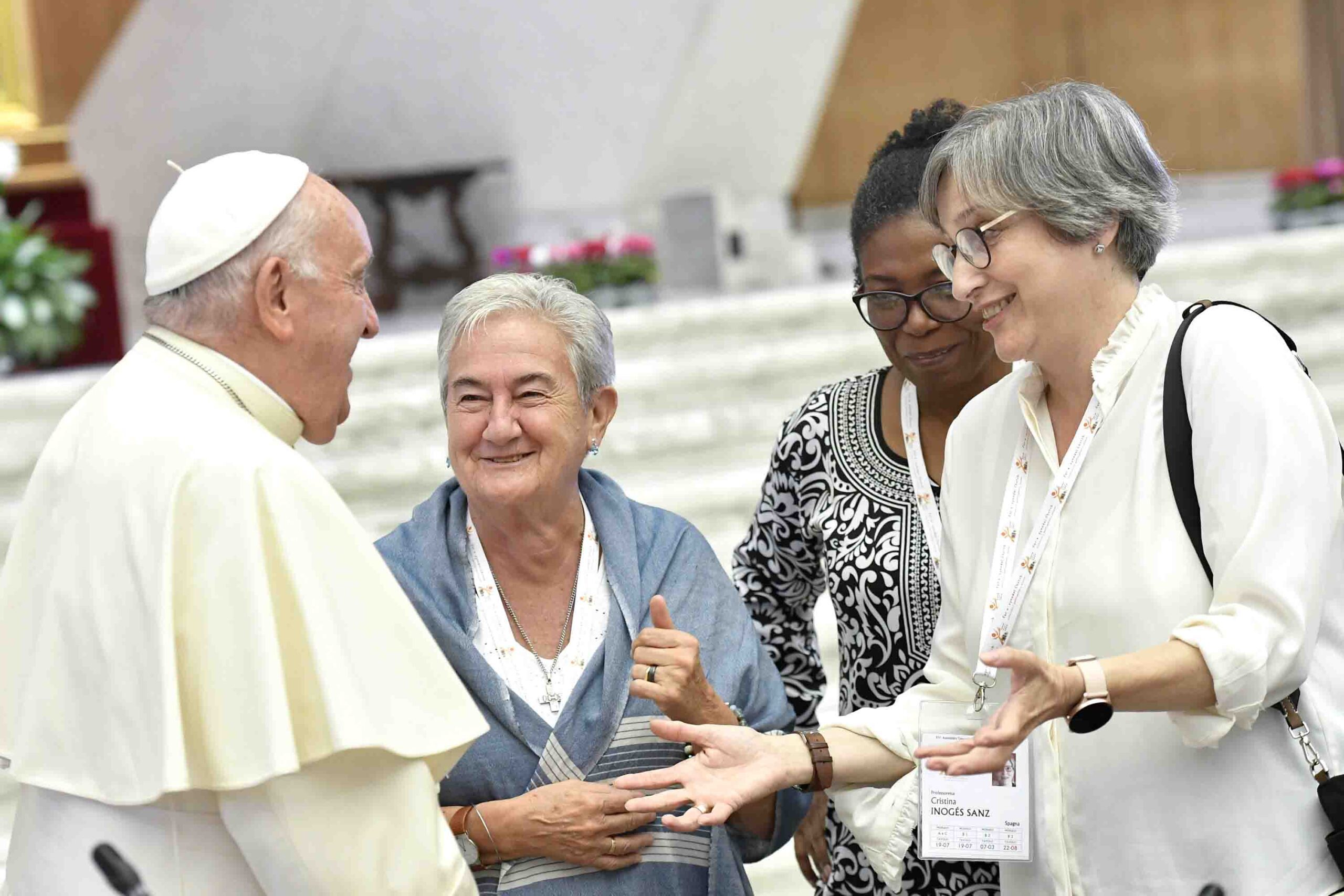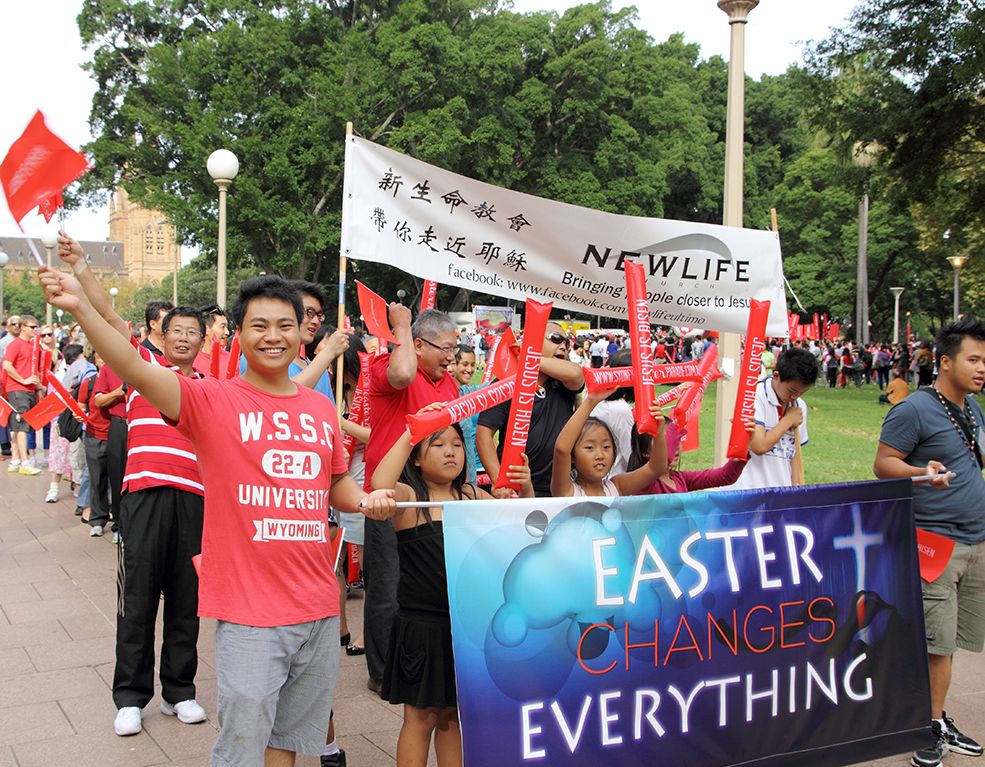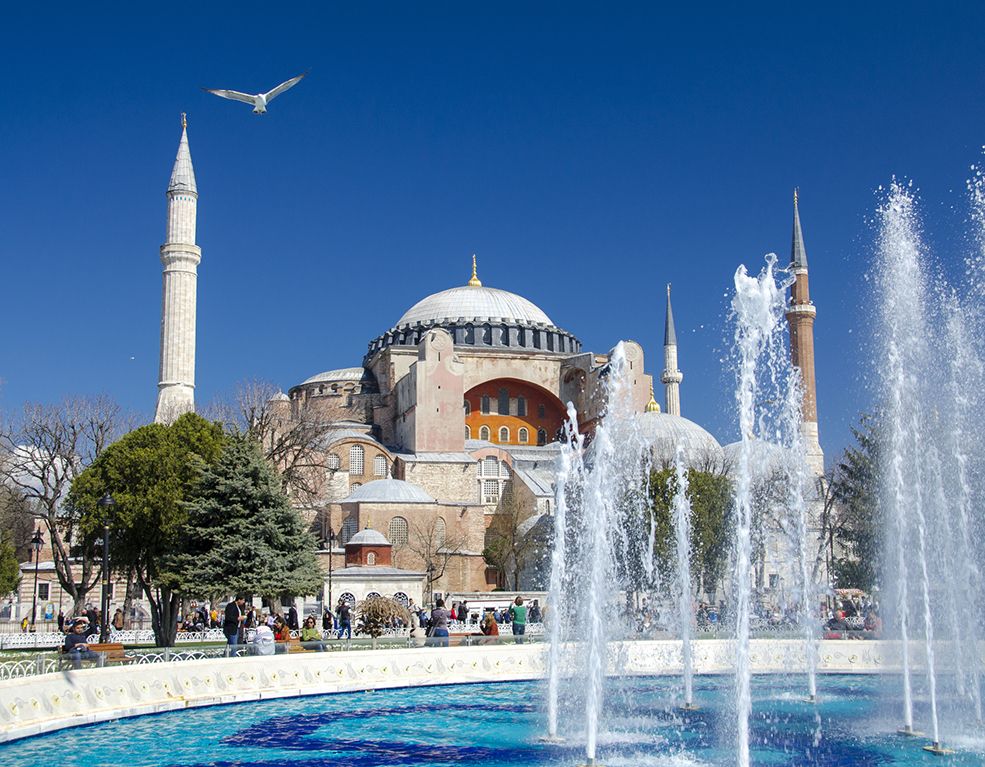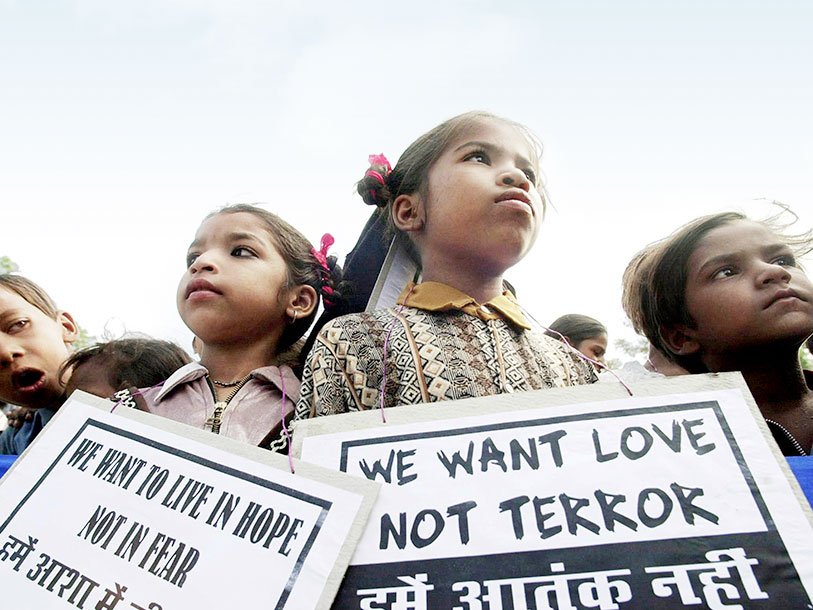The devotion to Jesus in the Philippines speaks volumes about the Filipino soul. Because the Filipinos as a people (masang Pilipino) have generally experienced vulnerability and brokenness, it’s easy to understand why, by commiseration, Filipinos can be attracted and devoted to the Santo Niño and Hesus Poong Nazareno. Maybe, just maybe, the Holy Child epitomizes vulnerability and weakness, and the Black Nazarene is depicted as suffering and broken under the weight of the cross.
It could be that Filipinos do encounter the Emmanuel, “God is with us,” in Jesus, who has become a source of consolation and healing for many, which explains why the devotions to the Santo Niño and Hesus Poong Nazareno contain the indigenous Filipino characteristic of touching the image to draw strength or be healed.
In particular, the Filipino devotion to Santo Niño also explains why the Christian faith is nourished not only from the river of the official liturgy of the Church but also from the wells of popular pious practices, fluvial parades, religious street dancing, and folk religiosity.
To begin with, this devotion is not only grounded in some pious traditions but also authenticated by history. Moreover, this national religious practice is closely linked to the birth of a nation and its socio-religious development.
The origin of the Santo Niño devotion goes back to 1565, 44 years after the Christian faith was first brought to the Philippine archipelago after the first Mass was celebrated and the first mass baptism was administered. The image of the Child Jesus that every devotee sees enthroned today in the Minor Basilica del Santo Nino of Cebu is the same image that Ferdinand Magellan presented to Hara Humamay, consort of Rajah Humabon, in 1521 during the first baptism celebration.
Here, I aim to deal briefly with the three constitutive elements associated with this devotion and its origin: 1) the image itself, 2) the minor basilica, and 3) the popular religiosity related to Santo Niño.
THE IMAGE
In February 1565, Miguel López de Legaspi and the Spanish contingent, with Fray Andrés de Urdaneta, OSA (1498-1568), and his pioneering missionary companions, arrived on the island of Sugbu. There, this priceless icon of the Santo Niño was discovered (Kaplag) among the burned ruins by the Spanish soldier Juan de Camus, who presented it to Legaspi. The Kaplag of the image caused a sort of holy excitement among them, an inspiration to build a camp and a temporary chapel where it was found, and a motivation to begin their mission of evangelization.
Legazpi entrusted the image to the Augustinian Missionaries, who, led by Fr. Andres de Urdaneta, enthroned the image of Santo Niño inside the chapel, an enthronement held with solemn ceremonies. Attracted by such Christian rites, the islands’ indigenous inhabitants emerged from their hiding places and watched from a distance. The Christian rites where the Santo Niño image was found were the first crack in the hostile relations between the Spaniards and the natives.
Kaplag provided an exclamation point in the history of the Filipino Church that signaled the beginning of the formal Christianization of the Philippines. The sacred icon of the Holy Child that you see enthroned today in the Minor Basilica del Santo Niño of Cebu is now considered the oldest Christian relic in the country, widely believed to be miraculous by most Filipinos.
This icon was canonically crowned on April 28, 1965 by virtue of the papal bull Cunabula Religionis issued by Pope St. Paul VI on February 27, 1964. This makes the Santo Niño the only image of Jesus Christ in the Philippines that is given such official recognition by a decree of Canonical Coronation by the Holy See. This official recognition was granted after Julio Cardinal Rosales, then Archbishop of Cebu, and Fr. Luciano Rubio, OSA, former Prior General of the Augustinians, made a special request through a joint letter titled “The Philippines for Christ.”
THE MINOR BASILICA
The news of the arrival of the Spanish conquistadores and missionaries reached the ears of the local king, Rajah Tupas, who was informed of Legaspi’s intention to speak to him about peace. The ruler accepted the commander’s invitation and presented himself at the Spanish camp on May 8, 1565. That day fell on the feast of the Apparition of the Archangel Michael, and so Legazpi named the place “Villa de San Miguel.” Eventually, both leaders entered into a peace treaty known in history as the Treaty of Cebu.
In his annotation of Antonio de Morga’s 1609 work entitled Sucesos de las Islas Filipinas, José Rizal mentioned that “Cebu, which Morga calls ‘The City of the Most Holy Name of Jesus,’ was at first called ‘The Village of San Miguel.’”
Also, in May 1565, Legaspi planned the urbanization of the island and allotted a place for the church and the convent of San Agustin, “where the Santo Niño image had been found.” In his honor, the Spanish missionaries organized the Confraternity of the Holy Child, La Cofradia del Santo Niño de Cebu, and made Legaspi its first Hermano Mayor.
The original chapel, built by Fray Diego de Herrera, OSA, using wood and nipa, was the first house of worship ever constructed in this country. But it was gutted by fire. In 1605, the Augustinian missionaries constructed a new church, again made of light materials, and again got burned in 1628.
In 1735, the Father Provincial of the Augustinian, with the Spanish Governor-General and Bishop Manuel Antonio Decio y Ocampo of Cebu, laid a more solid foundation for a bigger and more concrete church, which was completed in 1740. Like the legendary phoenix rising from the ashes with renewed vigor, this sanctuary became the present Basilica Minore del Santo Niño de Cebu and has become a favorite destination for millions of pilgrims each year.
Pope St. Paul VI elevated the status of the historical church to that of a Minor Basilica on May 2, 1965, through Cardinal Hildebrando Antoniutti, Papal Legate to the Philippines, who came for the centenary celebration of Christianization in the country. The holy pontiff in a papal bull acknowledged the temple as the “symbol of the birth and growth of Christianity… the Mother and Head of all Churches in the Philippines” (Mater et Caput… omnium ecclesiarum insularum Philippinarum).
Since the 18th century, devotees would flock to the basilica in Cebu, where the devotion started. Devotees come in droves to attend the daily Holy Mass. Some fall in line (linya sa hawok) to see the image enshrined in a glass case and kiss the relic of the holy cross located in front of the image. Others go to the candle area (dagkutanan) to pray and light their candles.
POPULAR RELIGIOSITY AND DEVOTION
The Augustinian missionaries straightaway spread the devotion of the Holy Child to other places, which led to the establishment of more temples dedicated to the Child Jesus. There are historic churches in Manila dedicated to Santo Niño de Tondo and Santo Niño de Pandacan; in Leyte, there is a church dedicated to Santo Niño de Tacloban.
Every year, Catholics from Negros and Iloilo do not fail to go and visit the Tigbauan Church, and pay tribute to the Santo Niño. A minor basilica in Batangas City also is dedicated to Santo Niño de Batangan and, across the archipelago, a hundred more shrines and chapels were established and consecrated in honor of the Holy Child.
Today, the image of Santo Niño de Cebu is one of the most beloved and recognizable cultural icons in the Philippines, found in both religious and secular places, replicated in many Filipino homes, jeepneys and buses, business establishments, malls, government offices, barangay halls, and schools.
Outside the Philippines, Santo Niño de Cebu is the only Filipino identity that is registered in the National Registry of Cultural and Historical Places (Washington D.C, USA), all because of the religious piety of the Filipino devotees who brought the replicas of the image of the Santo Niño de Cebu to the United States and Canada.
In the Middle East, the Filipino communities have, over the years, celebrated the Holy Child’s feast in Dubai and Kuwait and showed the Arab world the colorful and joyous devotion to the Santo Niño. Indeed, Filipinos have spread this special devotion far and wide.
After five hundred years, devotees still experience the deep impact of Kaplag as millions join and enjoy the Sinulog-Santo Niño festivities held on the third Sunday of January in Cebu— and Dinagyang of Iloilo. Both are said to be adaptations of Kalibo’s Ati-Atihan Festival. To the original Ati-Atihan the Spaniards added Santo Niño into the mix to dispel any pagan influences.
In keeping with the celebration’s origins, participants in the main parade paint their faces with black soot and wear highly decorative colorful costumes, dancing two steps forward and one step backward as they sway to a distinct rhythm of drums. A week-long Mardi Gras-like festival honoring Santo Niño consumes many towns and cities of the archipelago every year.
Hala bira! Viva! Pit Senyor!

